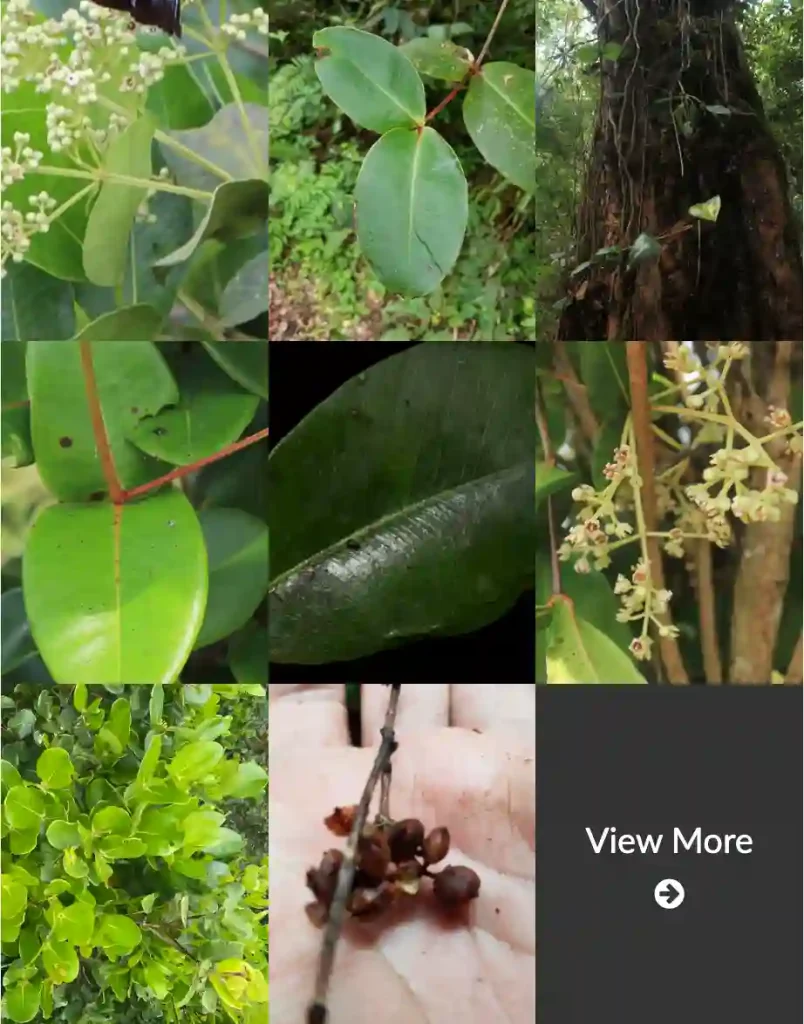Encounter with the Bristly Beauty: My Adventures with Persicaria Longiseta
For those who enjoy adding a touch of elegance to their gardens, Persicaria longiseta, also known as the Oriental Lady’s-thumb, might just be the perfect addition. This captivating plant, with its slender form and delicate pink flowers, has become a favorite in my own horticultural endeavors. However, my journey with Persicaria longiseta has been one of discovery, filled with unexpected surprises and a thirst for knowledge.
144 Species in Genus Persicaria
What is Persicaria Longiseta?
Persicaria longiseta is a member of the knotweed family, boasting an impressive list of common names like bristly lady’s-thumb, Asiatic smartweed, and long-bristled smartweed. This annual herb thrives in warm climates, reaching heights of up to 1 meter (40 inches) with hairless, branching stems. The true stars of the show, however, are the slender, pointed leaves and the clusters of tiny pink flowers that grace the plant’s apex from June to October.
How to Care for Persicaria Longiseta?
Persicaria longiseta is a relatively low-maintenance plant, making it ideal for both seasoned gardeners and beginners alike. Here’s what I’ve learned about creating the perfect environment for this charming addition to your garden:
- Light: Persicaria longiseta thrives in full sun to partial shade. While it can tolerate some shade, providing ample sunlight will encourage better growth and flower production.
- Soil: Well-drained, moist soil is key. The plant can adapt to a variety of soil types, but avoid overly dry or waterlogged conditions.
- Watering: Regular watering is essential, especially during hot and dry periods. Aim to keep the soil consistently moist but not soggy.
- Fertilizer: While not strictly necessary, a light application of balanced fertilizer during the growing season can promote bushier growth and even more vibrant blooms.
How to Propagate Persicaria Longiseta?
The beauty of Persicaria longiseta extends beyond its visual appeal. This plant is remarkably easy to propagate, allowing you to expand your collection or share its charm with friends. Here are two methods I’ve found successful:
- Seed Propagation: Collect seeds from mature plants in late fall or early winter. Store them in a cool, dry place until spring. Sow the seeds directly into prepared soil after the danger of frost has passed. Keep the soil moist and germination should occur within a few weeks.
- Stem Cuttings: Take stem cuttings from healthy plants in early summer. Choose a non-flowering stem segment with a few nodes and cut it just below a node. Remove the lower leaves and dip the cut end in rooting hormone (optional). Plant the cutting in a pot filled with moist potting mix and keep it in a warm, humid environment. Roots should develop within a few weeks, and the new plant can be transplanted to its permanent location once established.
What to Plant with Persicaria Longiseta?
Persicaria longiseta’s versatility shines through when it comes to companion planting. Here are a few ideas to create a harmonious and visually stunning garden:
- Goldenrods: The vibrant yellow blooms of goldenrods provide a striking contrast to the pink flowers of Persicaria longiseta.
- Grasses: Ornamental grasses add a textural element and complement the slender form of Persicaria longiseta. Consider varieties like maiden grass or blue fescue.
- Daylilies: Daylilies offer a burst of color throughout the summer months and share similar light and moisture requirements with Persicaria longiseta.
Is Persicaria Longiseta Edible?
While Persicaria longiseta boasts a number of desirable qualities, its culinary applications remain a subject of some debate. There is limited information available regarding its edibility, and some sources suggest it might be best avoided. It’s important to exercise caution and conduct thorough research before consuming any part of the plant.
A Final Note: Beyond the Beauty
My adventures with Persicaria longiseta have been a delightful exploration of its delicate beauty and surprising ease of care. From the joy of successful propagation to the vibrant display of pink flowers throughout the summer, this plant has become a cherished member of my garden. However, the question of its edibility serves as a reminder of the importance of responsible gardening practices. Always conduct proper research before using any plant for culinary purposes.
If i die, water my plants!



